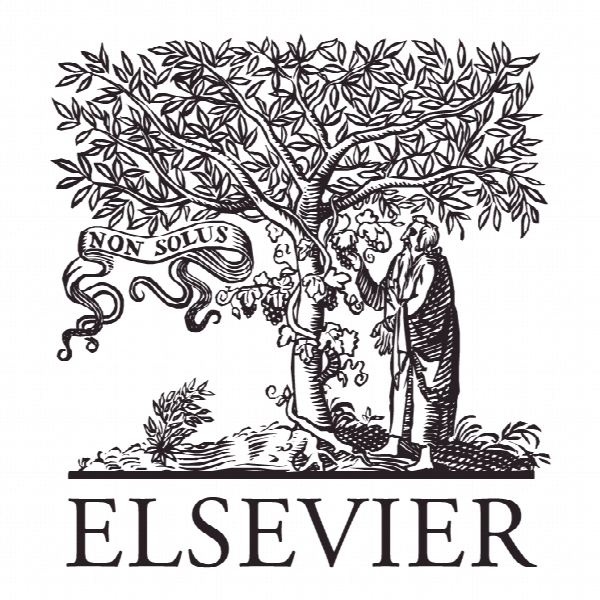برآورد مداوم مدل های رگرسیون خطی با استفاده از داده های همسان Consistent estimation of linear regression models using matched data
- نوع فایل : کتاب
- زبان : انگلیسی
- ناشر : Elsevier
- چاپ و سال / کشور: 2018
توضیحات
رشته های مرتبط آمار
گرایش های مرتبط آمار ریاضی
مجله اقتصاد سنجی – Journal of Econometrics
دانشگاه Faculty of Economics – Setsunan University – Japan
شناسه دیجیتال – doi https://doi.org/10.1016/j.jeconom.2017.07.006
منتشر شده در نشریه الزویر
کلمات کلیدی انگلیسی Bias correction; indirect inference; linear regression; matching estimation; measurement error bias
گرایش های مرتبط آمار ریاضی
مجله اقتصاد سنجی – Journal of Econometrics
دانشگاه Faculty of Economics – Setsunan University – Japan
شناسه دیجیتال – doi https://doi.org/10.1016/j.jeconom.2017.07.006
منتشر شده در نشریه الزویر
کلمات کلیدی انگلیسی Bias correction; indirect inference; linear regression; matching estimation; measurement error bias
Description
1 Introduction Suppose that we are interested in estimating a linear regression model Y = β0 + X 0 1β1 + X 0 2β2 + Z 0 γ + u := W0 θ + u, E (u| W) = 0, (1) using a random sample, where X1 ∈ R d1 , X2 ∈ R d2 and Z ∈ R d3 . The reason for distinguishing between the regressors X1, X2 and Z will become clear shortly. In addition, while d1 = 0 is allowed, d2, d3 > 0 must be the case in our setup. When W = (1, X0 1 , X0 2 , Z0 ) 0 ∈ R d+1, where d := d1 + d2 + d3, is exogenous and a single random sample of (Y, X1, X2, Z) can be obtained, the ordinary least squares (OLS) estimator of θ = (β0, β0 1 , β0 2 , γ0 ) 0 is consistent. In reality, however, we often face the problem that (Y, X1, X2, Z) cannot be taken from a single data source. It is not uncommon that economists who use survey data for empirical analysis must collect all necessary variables from more than one source. Examples include Lusardi (1996), Bj¨orklund and J¨antti (1997), Currie and Yelowitz (2000), Dee and Evans (2003), Borjas (2004), Bover (2005), Fujii (2008), Bostic et al. (2009), and Murtazashvili et al. (2015), to name a few. Ridder and Moffitt (2007) provide an excellent survey. This is the setting in which we are interested. Specifically, suppose that instead of observing a complete data set (Y, X1, X2, Z), we have the following two overlapping subsets of data, (Y, X1, Z) and (X2, Z), i.e., some of the regressors are not available in the initial data set, where the initial data set is the one containing observations on the dependent variable along with a few other regressors. In such a setting, it is natural to construct a matched data set via exploiting the proximity of the common regressor(s) Z across the two samples. This is often called “probabilistic record linkage”. Here are two examples of the setting.


